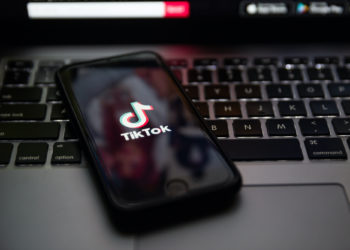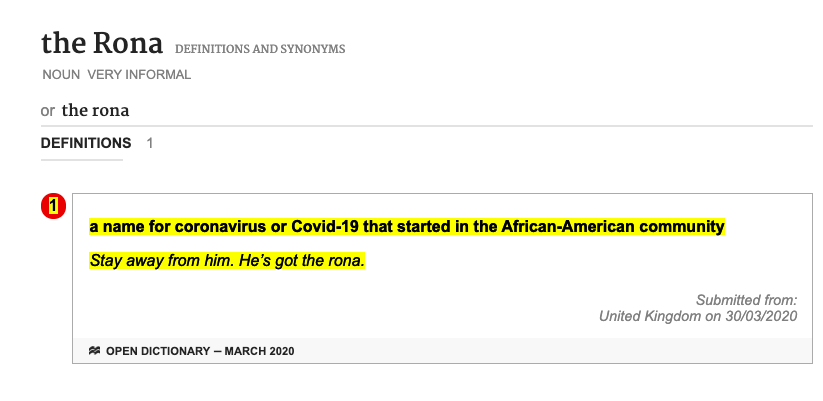
By Wyatt Otto, Content Manager With TikTok growing to become the most popular platform for traditional college students (age 18-22), more colleges are joining the platform to better connect to… Read More – So Your College is on TikTok, Now What?
Blog August 27, 2020

The coronavirus is changing the economy, education, and yes, even language itself — at an unprecedented rate. From the Oxford Dictionary to the tiniest tweet, the pandemic is reshaping the way we connect.
The following tips can help keep your communication on the cutting edge.

For clear communication, it’s crucial to be consistent when talking about the coronavirus. Let’s start with the AP Style Coronavirus Topical Guide essentials:
A possible exception: AP says not to shorten to “COVID,” even in headlines, unless it’s part of a quote. However, I don’t see this happening in common usage, so I wouldn’t sweat it for social media, but I’d keep it “COVID-19” for formal communications.

Both “epidemic” and “pandemic” first appeared in the 17th Century in the wake of the great plagues. “Pan” means “all” and “-demic” comes from the word for “people.” A pandemic is global, while an epidemic affects a region or population.
The World Health Organization has declared the COVID-19 outbreak a pandemic, so that’s the term to use. Since “pandemic” implies “all,” it would be redundant to say “a global pandemic.”

Language gives us the common social vocabulary to cope, and the pandemic has coined several new terms that might be fun to spice up your social media:

And then, some words can be offensive and are better to remove from your social media channels when they pop up in comments.
Other word choice considerations:
Tweet from the Host/Editor of the #BayCurious podcast @KQED
As the cultural climate changes, be sensitive to your tone across channels:
Not sure if you’re hitting the mark? Have a coworker proofread an email or do some A/B testing before launching a major campaign. You can also drop us a line anytime — we’re always happy to help. ❤️
Written by “word nerd” and Interact copywriter Rachel Rosen-Carroll. For fun, Rachel reads style guides and the dictionary (she prefers The American Heritage Dictionary… we wouldn’t make this up).
When she isn’t writing feature stories about inspiring community college alum, she’s working on her YA novel, short stories and poetry, and she has been published by various lit journals. Ask her questions or suggest word nerd blog ideas at rachel.rosencarroll@interactcom.com.

By Wyatt Otto, Content Manager With TikTok growing to become the most popular platform for traditional college students (age 18-22), more colleges are joining the platform to better connect to… Read More – So Your College is on TikTok, Now What?

We’re all familiar with she/her and he/him pronouns, but there’s a third set of pronouns that we need to become more familiar with, and that’s singular they/them pronouns.

In an interview with Paula Di Dio, Ph.D. in Latin American literature and cultural studies and senior director of communications & research strategist at Interact, we break down how best to communicate with Latino and Hispanic students.
Read More – Writing and Marketing to Latino and Hispanic Students